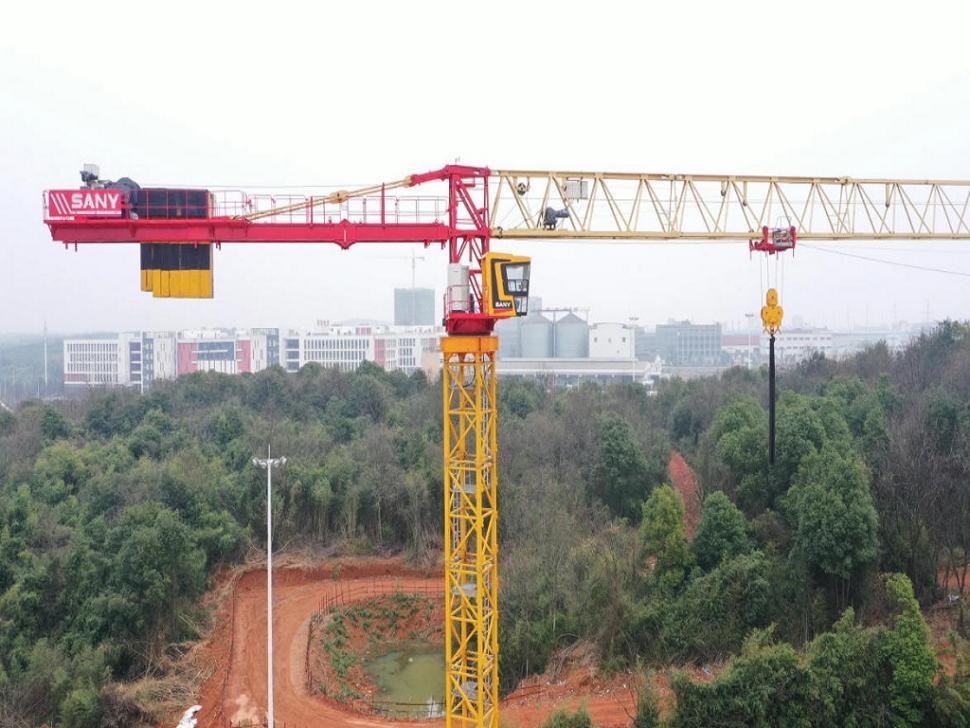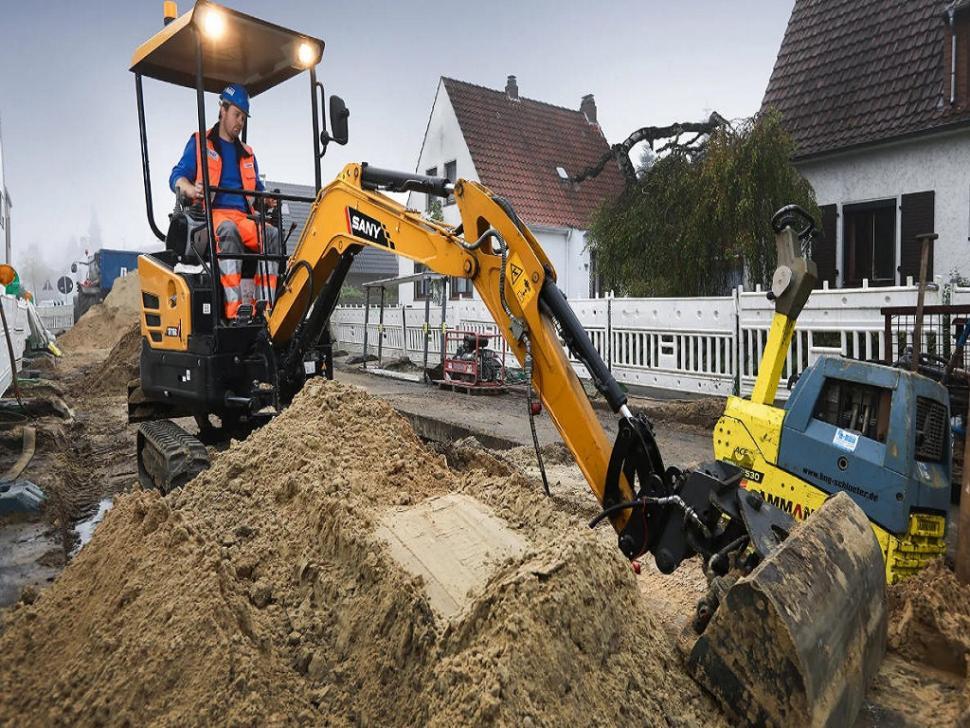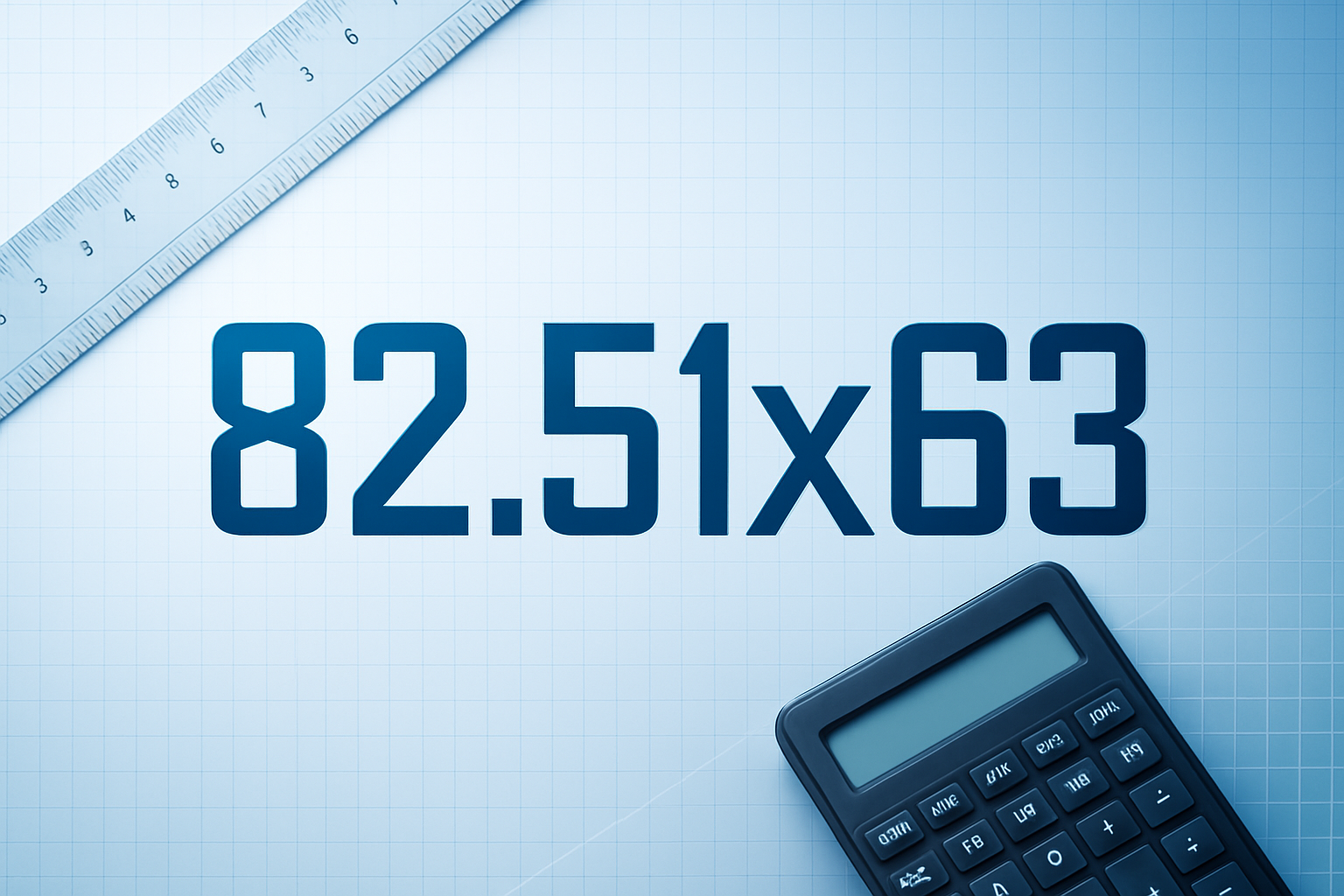How to Select the Right Mini Excavator Size
Choosing the right mini excavator size is crucial for project success and overall efficiency. An oversized machine might waste valuable resources, while an undersized one often leads to costly inefficiencies. Understanding how size impacts performance is essential for matching equipment to project requirements. This guide explains the decision-making process to help ensure smooth, cost-effective, and productive operations with properly sized equipment.
Why Mini Excavator Size Matters
Matching Equipment to Project Scope
Selecting the correct excavator size directly influences project outcomes and overall efficiency. When equipment matches the scope of work, it improves productivity and minimizes operational costs. Choosing properly sized machinery ensures enough power to complete tasks without excessive resource use. Assessing project demands in advance prevents waste, enhances efficiency, and guarantees smoother results across varied job site conditions.
Balancing Power With Efficiency
Balancing power with efficiency when selecting a mini excavator is key to streamlined operations. The ideal machine provides sufficient strength to handle demanding tasks while maintaining fuel efficiency and reducing operating expenses. An efficient excavator saves time, money, and resources by completing work faster. Considering operational costs and environmental sustainability ensures project success while supporting long-term productivity goals and responsible resource use.
Considering Job Site Limitations
Job site conditions often dictate the most appropriate excavator size. Limited access, narrow pathways, and uneven terrain can restrict larger equipment, making compact models more practical. Smaller machines are easier to maneuver in tight spaces, whereas larger excavators may struggle. Carefully evaluating space, access routes, and ground conditions ensures equipment functions effectively while matching project requirements and site-specific limitations for seamless performance.
Key Factors to Consider When Choosing Size
Digging Depth and Reach Requirements
Digging depth and reach are critical factors when choosing the right mini excavator. Projects requiring deep excavation or long reach often demand larger machines with greater capabilities. Smaller excavators may suffice for lighter, surface-level work or localized digging tasks. An accurate evaluation of project needs ensures the selected excavator delivers reliable performance without unnecessary costs, while preventing delays or mismatched equipment issues.
Operating Weight and Lifting Capacity
Operating weight and lifting capacity play vital roles in an excavator’s suitability for a project. Heavier models are designed for demanding lifting and earthmoving, while lightweight machines handle small-scale jobs efficiently. Selecting a machine with safe, adequate lifting capabilities reduces strain, wear, and safety risks. Matching operating weight to project demands ensures reliability, prolongs equipment lifespan, and helps maintain overall job site productivity.
Attachment Compatibility and Versatility
Versatility adds significant value when choosing a mini excavator. Ensuring your machine supports essential attachments—such as buckets, augers, or hydraulic breakers—expands its functionality across multiple tasks. This compatibility reduces the need for additional equipment, saving both time and budget. A versatile excavator maximizes investment while enabling flexibility, allowing contractors to adapt to evolving project demands efficiently without sacrificing performance or overall productivity.
Common Mini Excavator Size Categories
Small Mini Excavators for Light Work
Small mini excavators are ideal for projects requiring precision in compact spaces. Their lightweight and maneuverable design makes them perfect for residential work, garden tasks, and interior demolitions. They minimize disruption in delicate environments, preserving nearby structures and landscaping. Compact models deliver excellent results where larger equipment cannot operate, providing contractors with reliable solutions for light-duty projects requiring efficiency and minimal impact.
Mid-Sized Excavators for Versatile Tasks
Mid-sized mini excavators offer a balance of strength, reach, and maneuverability, making them highly versatile. These machines are well-suited for moderate-scale construction and landscaping projects that require both power and adaptability. With more digging capacity than smaller counterparts, they still fit in relatively constrained spaces. Their ability to handle diverse tasks efficiently makes them an excellent choice for contractors needing all-around dependable performance.
Large Compact Excavators for Heavy Projects
Large compact excavators are designed to tackle heavy-duty tasks while remaining more agile than full-sized machines. They deliver enhanced power, durability, and lifting capability, making them essential for significant construction and earthmoving projects. These machines thrive on large-scale developments where space is still somewhat limited. Offering a combination of strength and maneuverability, large compact excavators ensure efficient performance on demanding job sites.
Practical Tips for Selecting the Right Machine
Assessing Job Site Conditions
Carefully evaluating job site conditions before selecting equipment ensures operational success. Consider space constraints, accessibility, soil type, and terrain when choosing the right excavator size. Selecting a machine unsuited to conditions can lead to delays and inefficiencies. Matching the excavator to environmental factors ensures smooth operations, minimizes challenges, and allows contractors to maintain productivity and safety throughout the entire project duration.
Estimating Long-Term Equipment Use
Long-term equipment use should guide investment decisions. If projects frequently require excavation, purchasing a well-sized machine may be more cost-effective than renting. Ownership provides reliability, availability, and long-term savings, especially when project needs remain consistent. Contractors should weigh purchase costs against frequency of use, equipment longevity, and budget. Proper planning ensures that ownership or rental choices align with financial and operational goals.
Consulting With Equipment Dealers or Experts
Engaging equipment dealers or industry professionals ensures informed decision-making when selecting excavators. Experts provide valuable insights into machine performance, limitations, and compatibility with specific projects. Their guidance helps contractors avoid costly mistakes while identifying the most suitable options. Consulting with professionals ensures decisions align with project goals, operational efficiency, and budget. This expert input contributes to smoother workflows and overall project success.
Conclusion
Selecting the right mini excavator size requires balancing project demands with operational efficiency and long-term considerations. Factors such as digging depth, lifting requirements, and site constraints guide proper selection. Consulting experts, evaluating conditions, and assessing long-term usage all contribute to better decisions. Choosing appropriately sized equipment enhances performance, reduces waste, and ensures smooth, productive, and cost-effective project outcomes from start to finish.










